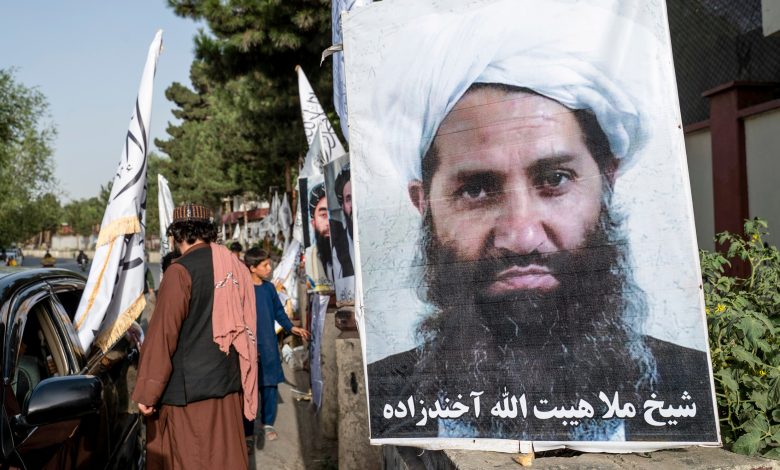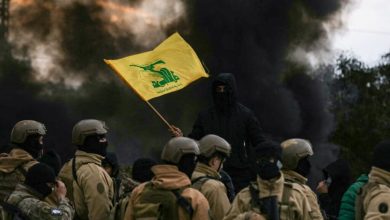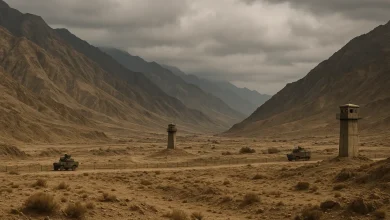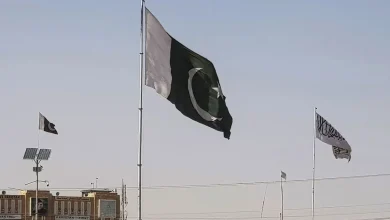Assassination Attempt on Taliban Leader Reveals Internal Crisis at Heart of Power

An assassination attempt on Taliban leader Hibatullah Akhundzada—regardless of whether all details have been confirmed—sheds light on a significant underlying reality: Afghanistan’s power structure has reached a point where even its symbolic leadership stability can no longer be guaranteed.
Over the past three years, the Taliban have sought to present an image of absolute unity and unshakable authority. However, an attack on the group’s highest-ranking figure—successful or not—severely undermines that image. It suggests either a security apparatus far more porous than previously assumed or a build-up of internal dissent and discontent sufficient to enable a direct attack on the leader of the regime.
Akhundzada has long remained a reclusive figure, rarely appearing in public and living within a tightly controlled inner circle. In secretive, sect-like power structures, such isolation often provides a layer of security. However, it can also lead to the accumulation of unilateral decisions that trigger widespread dissatisfaction and ultimately render the leadership more vulnerable.
In recent years, the Taliban have centralized power in Kandahar, gradually eliminated rival figures, and implemented increasingly authoritarian policies in social and economic spheres. This consolidation of control has inherently generated opposition, rivalry, and even desires for regime change from within. An assassination attempt typically signals either a boiling point in internal disputes or the erosion and fragmentation of security networks.
The broader importance of this incident lies in what it signals for the Taliban’s internal cohesion. Their political legitimacy does not stem from the ballot box but from a cultivated image of singular authority—one rooted in the infallibility of their leader and the sanctity of their structure. Any dent in that image—especially if it involves targeting the group’s top authority—can deepen internal rifts and sow mistrust within their ranks.
Even if the Taliban downplay the incident or issue tightly controlled narratives, the psychological effect could ripple internally, altering the calculations of various factions and local commanders. In ideological and tribal power structures, rumors often eclipse the impact of the actual event, and this episode has now joined that cycle.
The assassination attempt also reflects a shifting security paradigm in Afghanistan. Since retaking power, the Taliban have portrayed themselves as the uncontested rulers, seeking to confine threats to “small and scattered groups.” But a direct attack on their leader—even with ambiguous details—demonstrates that threats have not only persisted but have grown more sophisticated. For the Afghan public, this carries a clear message: even at the highest levels, the stability promised by the Taliban remains fragile.
This incident underscores a deeper truth in Afghan politics: no power structure based on exclusion and monopoly can sustain internal unity in the long run. The smaller the decision-making circle and the more closed the avenues of participation, the more likely hidden pressures will erupt not as political protest but as security crises. This assassination attempt is a clear manifestation of such pressures—ones not yet fully visible in media analyses but palpable within the Taliban’s inner layers.
Ultimately, this was not merely a security incident but a political signal: the Taliban have entered a phase where their once “unchallenged authority” no longer holds. Even if Akhundzada was unharmed and official statements seek to downplay the event, the symbolic security breach carries weight—and it may pave the way for significant shifts in the country’s power dynamics.
Today’s Afghanistan reveals more than ever that stability built on suppression is unsustainable. The quieter the dissenting voices, the louder the fissures when they finally break through.




